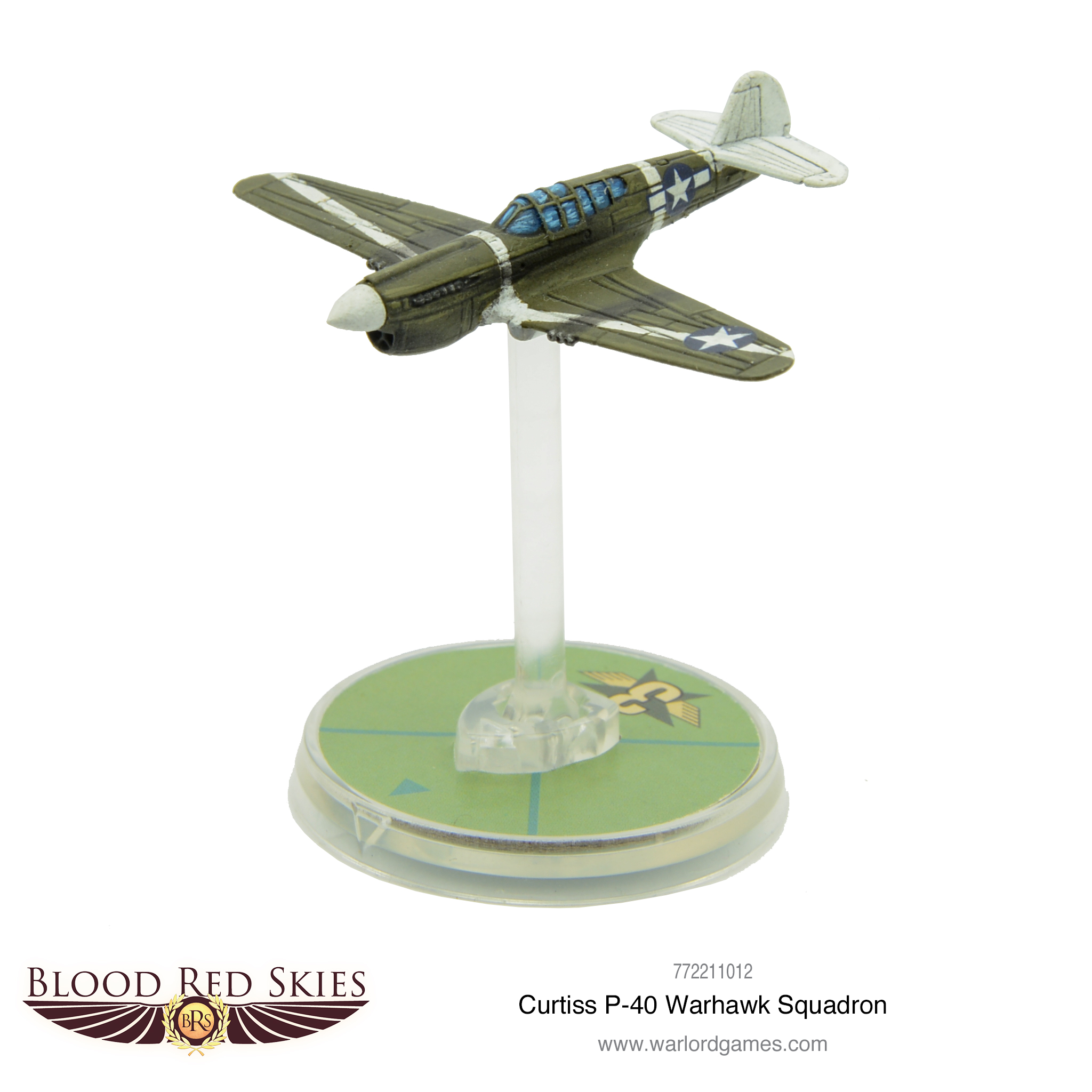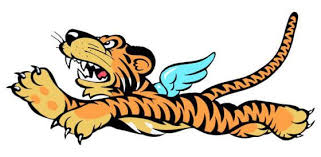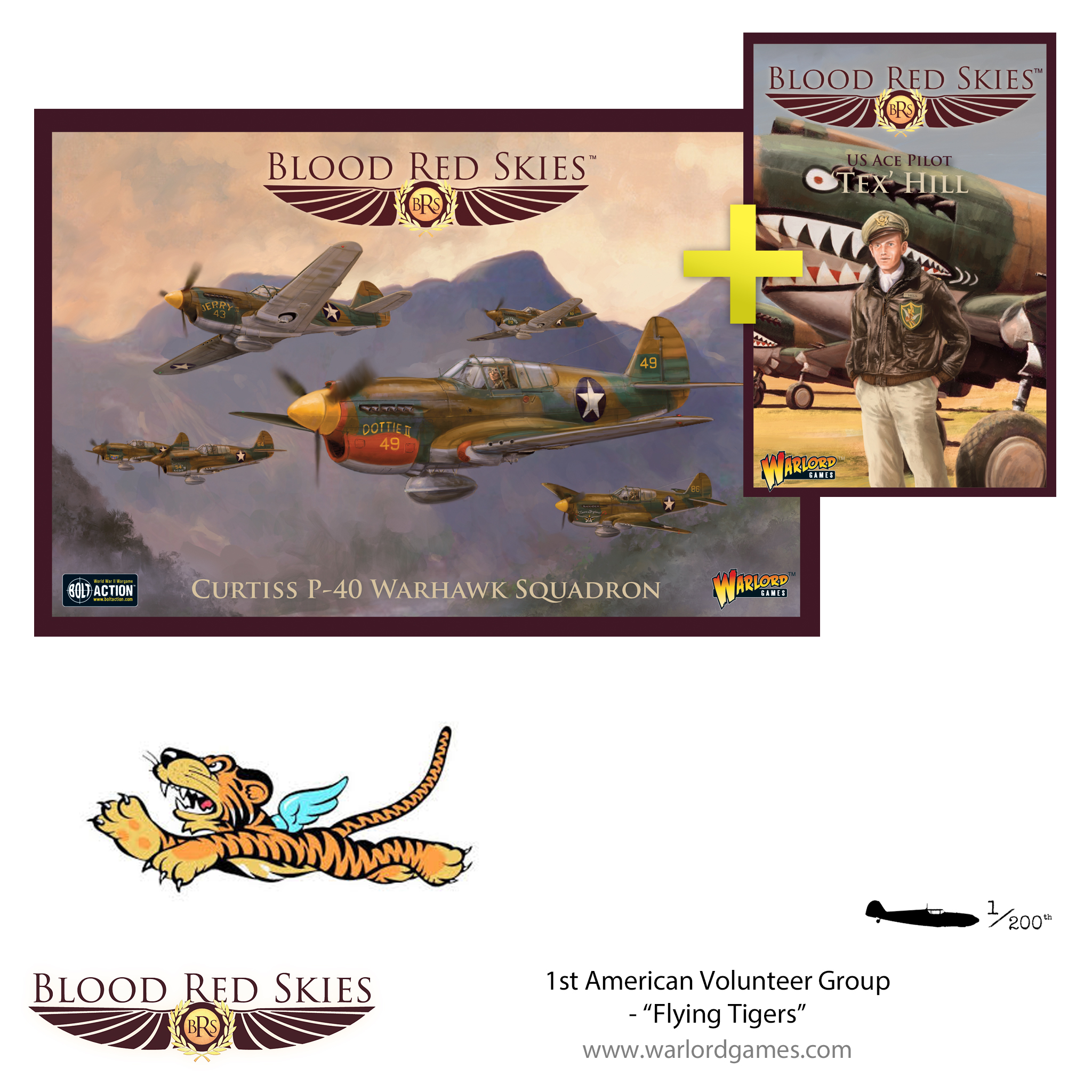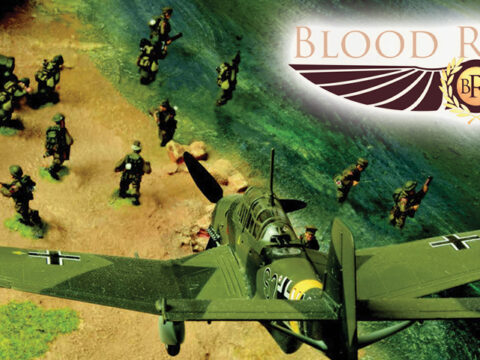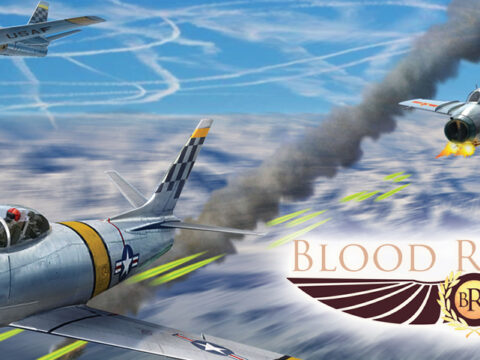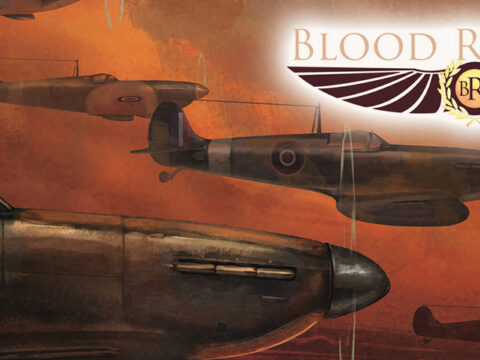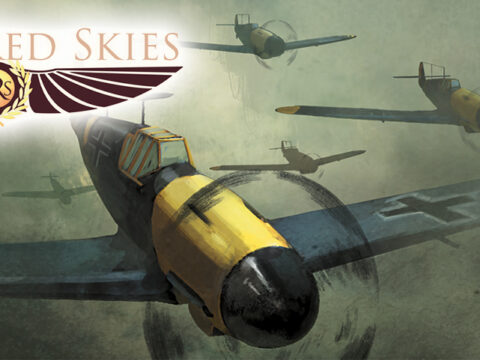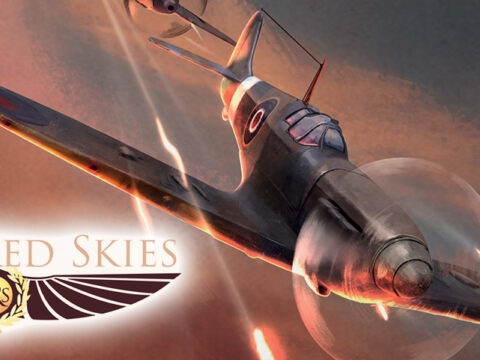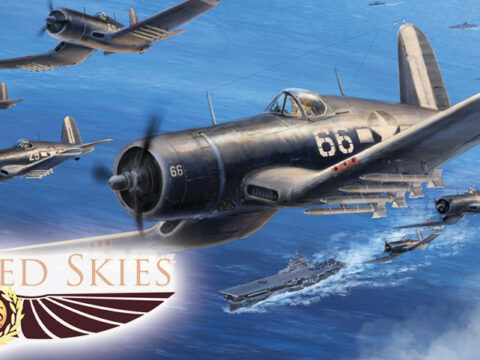The P-40 Warhawk was employed over most theatres by most Allied Nations in WW2. The “Flying Tigers” enjoyed considerable success with the aircraft…
Curtiss P-40 Warhawk
Vital Statistics
- Crew: 1
- Length: 9.665m
- Wingspan: 11.367m
- Max Speed: 538kph
- Combat Range: 1152km
- Armament: 6 × 0.50 in (12.70 mm) M2 Browning machine guns with 235 rounds per gun in the wings; 250 to 1,000 lb (110 to 450 kg) bombs to a total of 2,000 lb (910 kg) on three hardpoints (one under the fuselage and two underwing)
The Curtiss P-40 Warhawk is an American single-engined, single-seat, all-metal fighter and ground-attack aircraft that first flew in 1938. Used by most Allied powers during World War II, it would see service throughout the war. It was the third most-produced of US aircraft of WW2, behind the P-51 and P-47 – with 13,738 examples produced.
Its first combat was with the British Commonwealth of the Desert Air Force over North Africa and the Middle East. Whilst Warhawk was the name utilised by all USAAF and USAAC units that employed the aircraft, other Allies used the name Tomahawk or Kittyhawk to refer to specific variants. It was thus a Commonwealth Tomahawk of No. 112 Squadron of the RAF that first adopted the iconic “shark mouth” design on an Allied aircraft.
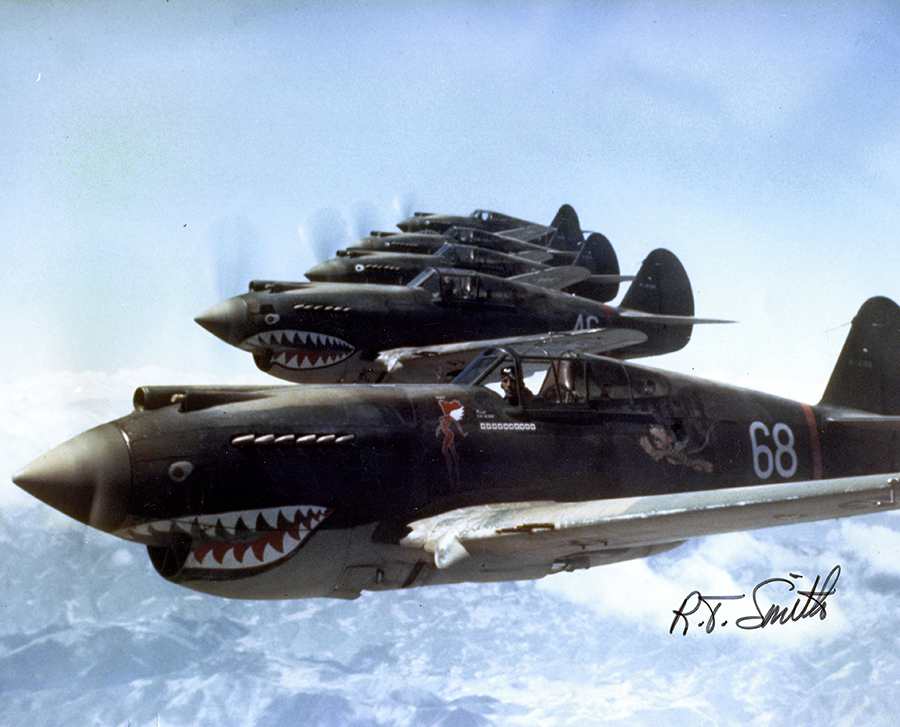
3rd Squadron Hell’s Angels, Flying Tigers over China, photographed in 1942 by AVG pilot Robert T. Smith.
The main theatres of operation for the P-40 were North Africa, the Southwest Pacific and China, though it also served significantly in the Middle East, Southeast Asia, Eastern Europe, Alaska and Italy. The P-40 was not especially effective at high-altitude combat, where it could be outclassed by both the Messerschmitt BF109 and the Focke-Wulf 190. It excelled at lower altitudes, however, performing as an air superiority fighter, bomber escort and fighter-bomber.
The aircraft’s low production cost kept it relevant throughout the war. Though it began to develop a reputation as a mediocre design later in the war, it performed well throughout. If wartime victory claim records are to be believed, the aircraft produced over 200 Allied fighter aces (from 7 different nations), including at least 20 double aces.
Ace: ‘Tex’ Hill
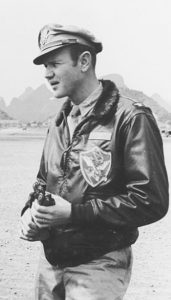 “Tex” Hill was born in Gwangju, Korea whilst under Japanese rule but was raised in Texas. Graduating from Austin College in 1938, he entered service as a United States Naval Aviator, earning his wings as a TBD Devastator torpedo bomber pilot aboard the USS Saratoga. He also joined a Vought SB2U Vindicator Dive Bomber Squadron aboard USS Ranger. IN 1941 he was recruited to the 1st American Volunteer Group, training on the P-40 Warhawk in Burma.
“Tex” Hill was born in Gwangju, Korea whilst under Japanese rule but was raised in Texas. Graduating from Austin College in 1938, he entered service as a United States Naval Aviator, earning his wings as a TBD Devastator torpedo bomber pilot aboard the USS Saratoga. He also joined a Vought SB2U Vindicator Dive Bomber Squadron aboard USS Ranger. IN 1941 he was recruited to the 1st American Volunteer Group, training on the P-40 Warhawk in Burma.
Hill made his first kills on January 3rd 1942, shooting down two Japanese Nates over Thailand. 2 more followed on the 23rd and he became an ace the next day with two more kills. He thus became a squadron leader in March of that year, and by the time of the squadron’s disbanding in the summer, he was a double ace, with 12 1/4 aerial victories on his record.
Hill was one of only 5 of the “Flying Tigers” to join the successor group, the 23rd Fighter Group, having a rank of major at this time, earning 5 more victories in the cockpit of a P-51. He returned home in 1944 and took command of the 412th Fighter Group, the first operational American jet fighter group (flying the P-59 Airacomet and P-80 Shooting Star). He went on to serve in the Korean War with the Texas Air National Guard. He retired as a brigadier general, has earned a plethora of merits and medals throughout his career.
1st American Volunteer Group – “Flying Tigers”
Don’t be fooled by the name, the First American Volunteer Group, although composed of US pilots from the United States Army Air Corps, US Navy and US Marine was actually officially part of the Chinese Air Force, recruited prior to the Japanese declaration of war. Their Curtiss P-40Bs were marked with Chinese colours though were retained under American control. Delays meant that they did not see operational service until 12 days after the attack on Pearl Harbour.
The purpose of the unit was to defend China from Japanese attack. The group provided a boon for US media when American morale was at its lowest point in the wake of Pearl Harbour- the exploits of the “Flying Tigers” championing the hope of victory against the Japanese. They employed innovative tactics and achieved substantial success, destroying 296 enemy aircraft in exchange for losing only 14 pilots. The group was dissolved on 4 July 1942 and replaced by the 23rd Fighter Group of the USAAF. These aircraft retained the nose art of the Flying Tiger’s leftover Warhawks.
Contains 7 Warlord Resin aircraft with advantage bases & cards, supplied unassembled & unpainted

